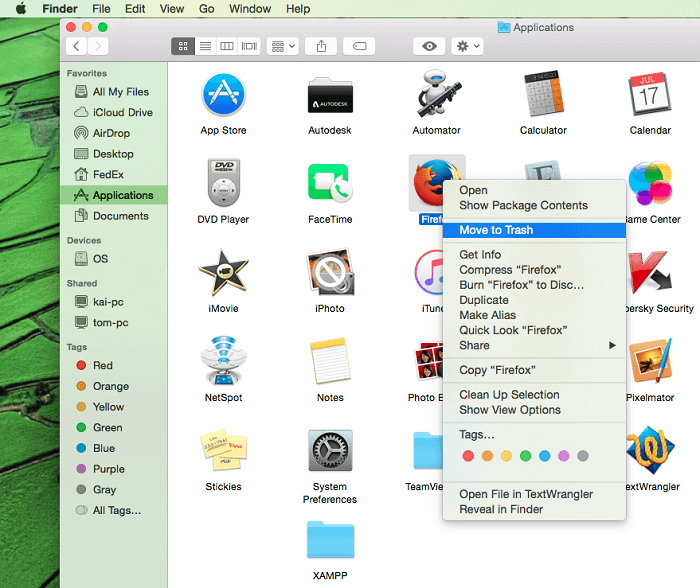

- #HOW UNINSTALL OFFICE 2011 MAC FOR MAC#
- #HOW UNINSTALL OFFICE 2011 MAC INSTALL#
- #HOW UNINSTALL OFFICE 2011 MAC PLUS#
Set General options in Lync 2010 Attendee.Change nameservers to set up Office 365 with Freep.UML Datatype Properties dialog box (DataType categ.Trim a video, music clip, or sound clip in PowerPoint.Add records at Xinnet to set up your SharePoint On.Show, hide, and view the blind carbon copy (Bcc) f.
#HOW UNINSTALL OFFICE 2011 MAC FOR MAC#


Develop practical, achievable, and believable qual.Project management goal: Work with multiple projects.Create DNS records at United Domains for Office 365.Add or remove a secondary axis in a chart in Excel.Project management goal: Create a new project sche.Open a second workbook in another copy of Excel.Create a top or bottom 100 chart in 3D Maps.UML Local Invocation Properties dialog box (Local.Help for Management Reporter (PerformancePoint Ser.Track email messages that require follow up.Shrink or stretch the width of text characters (sc.Picture or other object appears partially off the.Move, rotate, or group a picture, text box, or oth.
#HOW UNINSTALL OFFICE 2011 MAC INSTALL#
To reinstall Office 2010, see Install Office 2010. This button appears if Setup does not detect an earlier version of the same Office program on your computer. This button appears if Setup detects an earlier version of the same Office program on your computer.Ĭlick Install Now. When you are done choosing the custom installation options that you want, do one of the following:Ĭlick Upgrade. Use the UP ARROW and DOWN ARROW keys to select the setup option that you want, and then press ENTER. When you have selected the feature that you want to change, press SPACEBAR to display the menu of setup choices. Use the LEFT ARROW key to collapse an expanded feature. Use the RIGHT ARROW key to expand a feature that contains one or more sub-features. Use the UP ARROW and DOWN ARROW keys to select features. You can also use the keyboard to browse through features and change feature options. A symbol with a gray background indicates that the feature and its sub-features have a combination of installation methods. If a feature has sub-features, a symbol with a white background indicates that the feature and all of its sub-features have the same installation method. Not Available The feature won't be installed because it is not available. This option may not be available for all features. At that time, you may need access to the CD or network server that you originally installed from. Installed on First Use The feature will be installed on your hard disk when you use the feature for the first time. Run all from My Computer The feature and all of its subfeatures will be installed and stored on your hard disk when you complete Setup. Subfeatures won't be installed and stored on your hard disk. Run from My Computer The feature will be installed and stored on your hard disk when you complete Setup. The symbols and their meanings are as follows: You can change how the feature will be installed by clicking its symbol, and then selecting another symbol from the list that appears. The symbol next to each feature indicates how that feature will be installed by default.
#HOW UNINSTALL OFFICE 2011 MAC PLUS#
In the Office Setup dialog box, click Add or Remove Features, and then click Next.Ĭlick the custom installation options that you want:Ĭlick a plus sign (+) to expand a folder and see more features. Note: In Classic view, double-click Add or Remove Programs, click the name of the Microsoft Office suite or program you want to change, and then click Change.


 0 kommentar(er)
0 kommentar(er)
